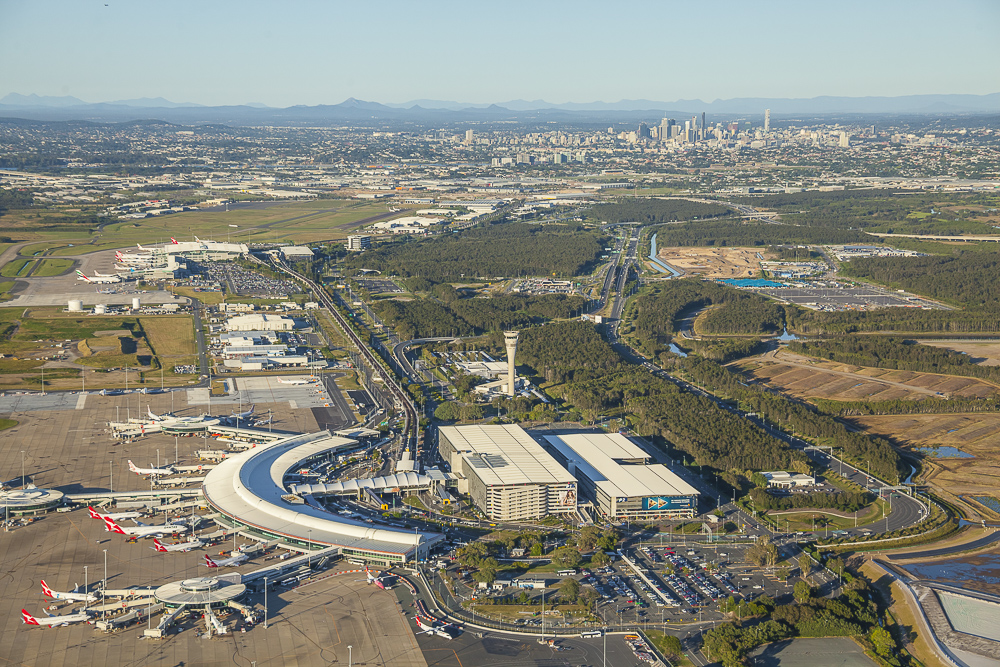A $16 million jet fuel pipeline opened this week to service Brisbane Airport is set to underpin the continued rapid expansion of the international aviation hub over the next 20 years.
The 4.6km replacement pipeline, a 50/50 joint-venture of fuel suppliers Caltex Australia and Shell Aviation Australia, follows a revised route and doubles the delivery rate for jet fuel from 130m3/hr to 270m3/hr.
Subject to future pump upgrades when needed, the pipeline will be able to transport fuel at 500m3/hr, more than triple its previous capacity.
In addition to providing much-needed fuel supply capability, which will enable the airport to pursue its growth plans, the new pipeline has been constructed along a pathway that will ensure previously-unavailable land can now be used by Brisbane Airport for supporting infrastructure and commercial uses.
The pipeline will be operated by Caltex Australia and ensures the reliable delivery of jet fuel for both Caltex and Shell via the Viva Pinkenba terminal through to the airport refuelling facilities, known as the Joint User Hydrant Installation (JUHI).
Caltex Australia general manager infrastructure operations Derek Styles said the project was critical in enabling the airport to fulfil its growth plans.
“This new infrastructure provides the airport with future flexibility to allow multiple suppliers to pump fuel to the airport during peak times, as well as increasing the rate at which the fuel can be delivered,” Mr Styles said.
“The project has been delivered on-time and under-budget and included Australia’s longest horizontal directional drilling through alluvial ground. This was done to minimise the disruption to airport operating runways and taxiways.
“Caltex continues to optimise its entire value chain, having invested more than $2 billion into its national infrastructure network over the past five years.”
Shell Aviation Australia director Richard Pereira said: “Shell Aviation Australia is delighted to partner with Caltex Australia on this project.
“We have a long and proud history at Brisbane Airport, and this project will allow us to continue to service our customers and the flying public for many decades to come.”
Brisbane Airport Corporation’s (BAC) general manager of commercial businesses, John Tormey, said with more than 100 construction and development projects on site or in planning, Brisbane Airport was one of Australia’s most important growth hubs.
“More than $1 billion of infrastructure has been delivered since 2009, with the next decade to see another $3.8 billion invested, including for the new Parallel Runway project,” Mr Tormey said.
“The new location for the jet fuel pipeline has unlocked previously unavailable land for future development by BAC’s property division, BNE Property.
“It allows more space and flexibility on sites within the booming Airport South precinct, popular with industrial businesses seeking close proximity to the terminals and major roadways.”
The Brisbane Airport Corporation master plan projects annual passenger numbers to double over the next 18 years, reaching 49 million by 2034.
Annual aircraft movements are expected to increase from the current 225,000 to 370,000 over that time.
Sign up to C&I’s free bi-weekly newsletter here to receive the latest industry news every Tuesday and Thursday. Follow C&I on Facebook, Twitter and Linkedin.

